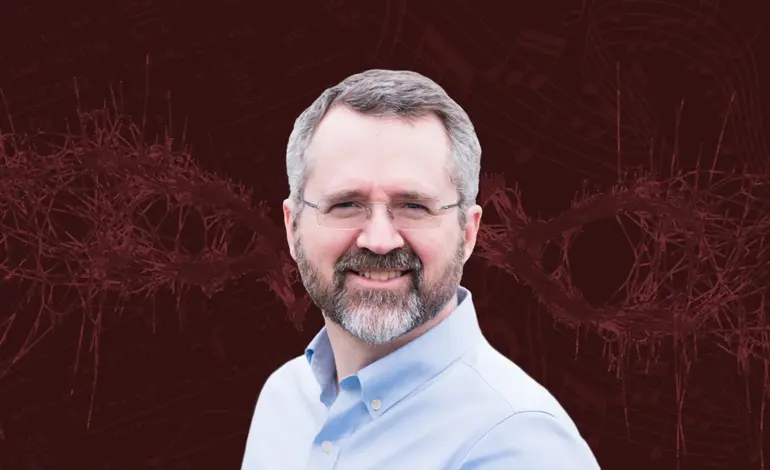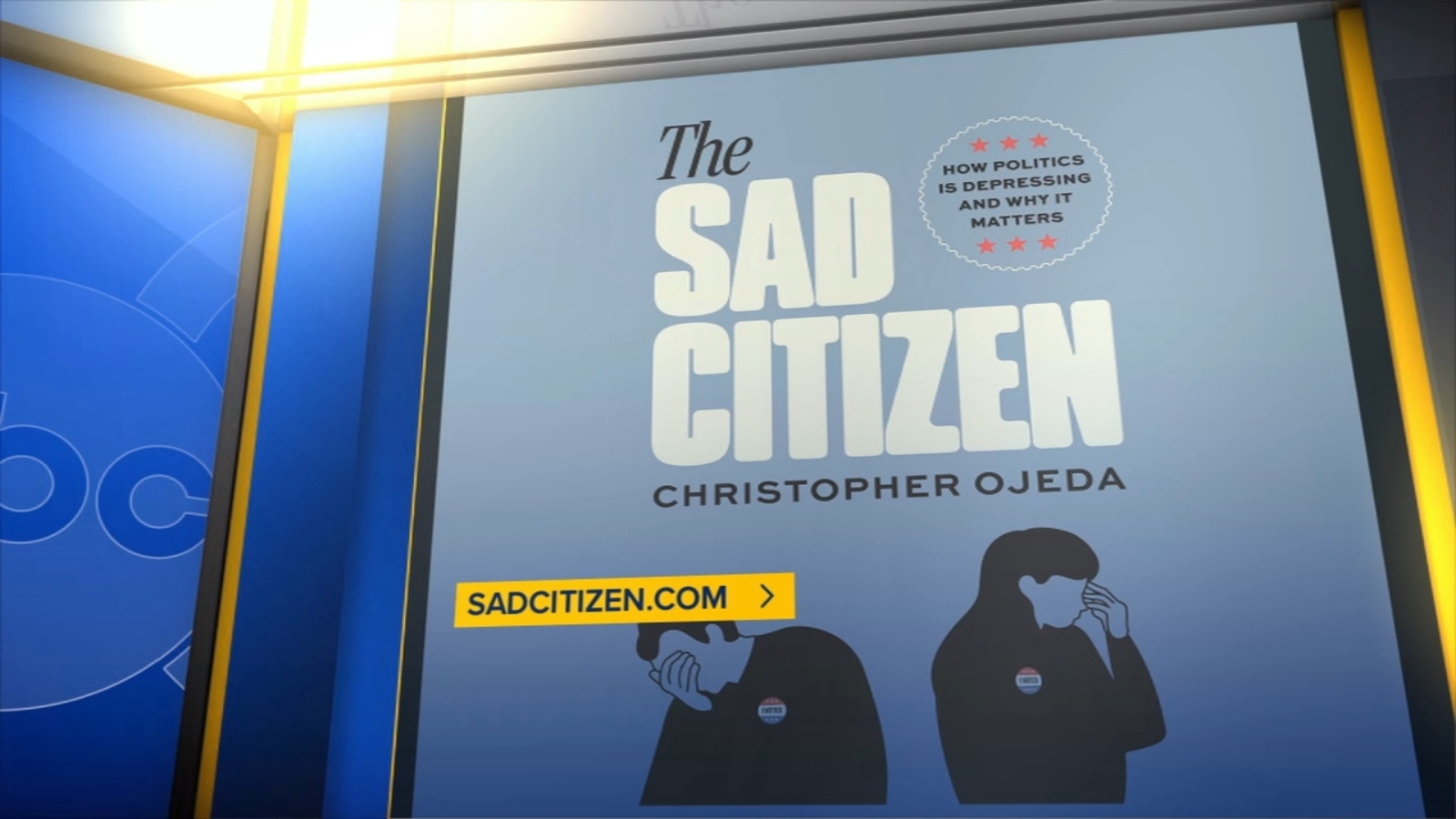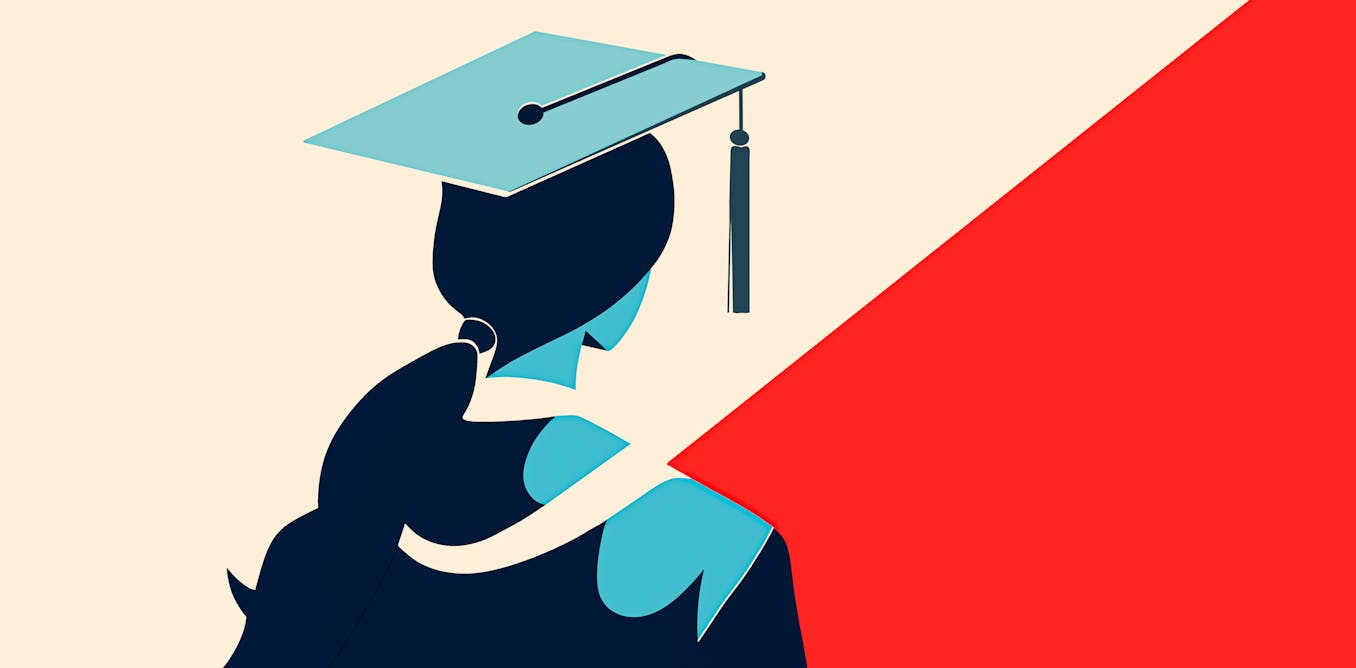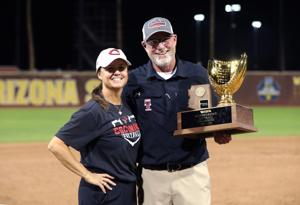Artist Transforms Music into Visual Art Using Mathematical Algorithms

Davis, an innovative artist, has pioneered a method that converts music into visual art through the application of mathematical algorithms. By utilizing techniques such as Fourier transforms, graph theory, and sparse matrix visualization, he creates striking images that encapsulate the essence of musical compositions.
To begin his artistic process, Davis transforms an entire piece of music into a sparse matrix, a mathematical structure that efficiently represents data. He carefully selects parameters for the algorithm that guides the visual rendering of this matrix, tailoring the mathematics to align with the artistic vision he aims to achieve. This meticulous approach enables him to generate thousands of unique images for each musical piece.
Davis employs advanced mathematical concepts to explore the intersection of music and visual art. His use of force-directed graph visualization allows for the creation of images that reveal unexpected connections between sounds and visuals. For instance, he has illustrated a Celtic hymn as a Celtic Trinity Knot, demonstrating how art can transcend traditional boundaries and resonate on multiple levels.
The process of generating and selecting images is a labor of love for Davis. He meticulously reviews the thousands of visuals produced, choosing those that best embody the spirit of the music. This selection process underscores his commitment to creating meaningful art that resonates with audiences.
Through this interdisciplinary approach, Davis not only advances his field but also inspires others to perceive the world—and its data—through a different lens. His work serves as a reminder of the transformative power of creativity when combined with scientific principles.
As the art community continues to explore new frontiers, Davis’s innovative techniques are paving the way for future artists to merge disciplines in unexpected ways. His contributions highlight the potential for mathematics and art to coexist harmoniously, encouraging a broader appreciation of the connections between seemingly disparate fields.






